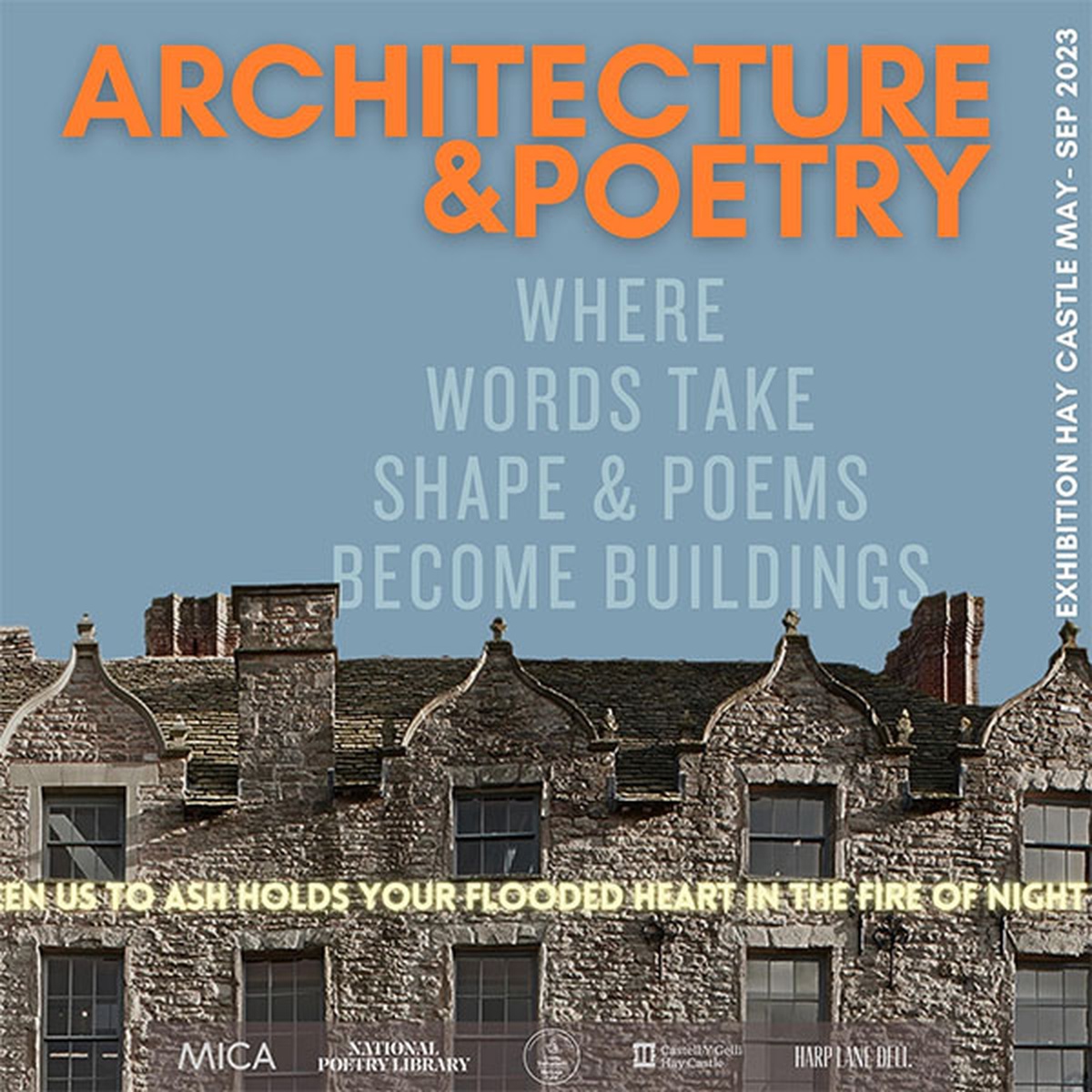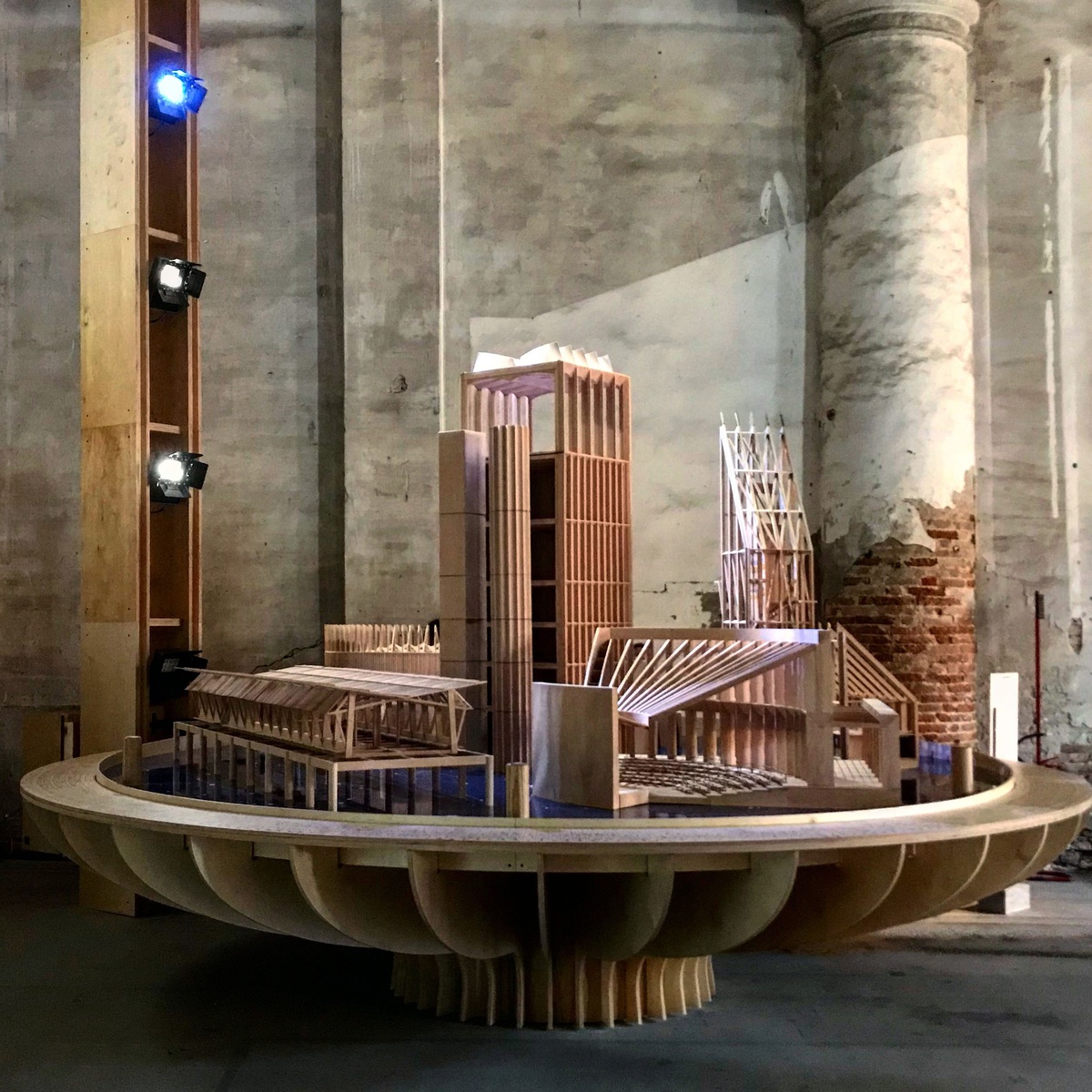ARCHITECTURE AND POETRY
MAY 2023

The exhibition Architecture and Poetry is on display at Hay Castle from May 26th - 3rd September. The exhibition begins on the Castle exterior with a newly commissioned light poem from poet-sculptor Robert Montgomery and culminates in Pelé Cox’s verse inscription for Eric Parry’s Building 7 at Chelsea Barracks as well as the words of bilingual poet Gwyneth Lewis for the Wales Millennium Centre at Cardiff. Alongside this, the exhibition details three architectural designs by our practice which were inspired by poems, including the International Rugby Experience at Limerick which has its origins in the poem Beowulf. These architectural exhibits are complemented by a collection of concrete poetry from the 1960s to the present including The Mouse’s Tale by Lewis Carrol. To visit the Hay Castle website click here.
Níall will be giving a lecture at Hay Castle on the 30th May talking about the links between poems and some of our projects. Please click here to find out further details.
BIENNALE ARCHITECTTURA 2018
JUNE 2018

The 2018 Venice Biennale opened to the public on the 26th May. This year’s theme “focuses on architecture’s ability to provide free and additional spatial gifts to those who use it and on its ability to address the unspoken wishes of strangers”.
Our contribution is a collection of six large-scale models, each representing a hall for gathering that the practice has designed. These models are placed upon a rotating table which is a calendar and a cosmic machine. Each hall has a different purpose yet they all bring people together in a rhythmic and cyclical fashion daily, weekly and annually. The specific uses of each building are regulated by a calendar of events, rituals and times of congregation. Their calendars are inscribed on the outer rim of a turning table. The table can be rotated by hand. When you turn it, varying light falls upon the models representing the passage of the sun through the day from dawn to dusk. It is a manual and mechanical process.
The intention of presenting these models in this way is to emphasise the relationship between the enduring frames of the buildings and the endless procession of fugitive elements that pass through them periodically.

